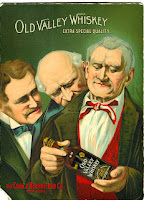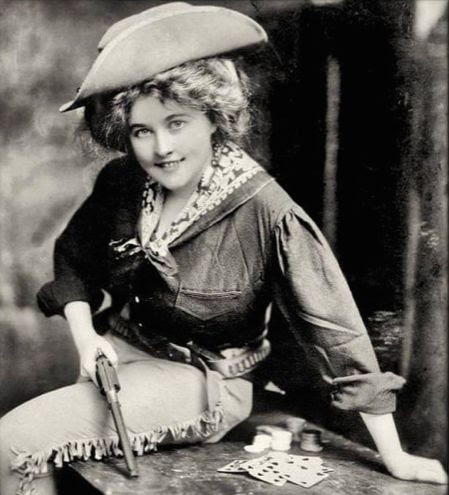John H. (“Jack”) Sullivan, 90, of Alexandria, Virginia, an international development specialist and civic activist, died at home August 16, 2025, surrounded by family.
Born in Toledo, Ohio, in 1935, he was the son of John E. Sullivan, D.D.S., and Emma (Lay) Sullivan. He served in the U.S. Air Force Reserve and Ohio Air National Guard. He earned bachelor’s and master’s degrees in journalism from Marquette University (where he met his future wife, Paula) and a doctorate from American University’s School of International Service, which twice honored him as a Distinguished Alumnus.
Jack’s career began as a journalist in Ohio and Wisconsin before moving to Washington in 1961 as an aide to Rep. Clement Zablocki (D-Wis.). He joined the House Foreign Affairs Committee in 1969, contributing to initiatives including the SALT I arms control agreement, aid to Southeast Asia, and the War Powers Resolution of 1973. He served with the U.S. delegation to the U.N. General Assembly and was in the first Congressional staff group to visit China. As Assistant Administrator for Asia and the Pacific at USAID, a presidential appointment in the Carter Administration, he led a bureau of 2,800 employees and a $1.5 billion annual budget, focusing on spreading Green Revolution agriculture and family planning across Asia. He received the Agency’s Superior Honor Award for leadership in equal opportunity.
After USAID, Jack spent 33 years with two Arlington-based consulting firms and for more than 23 years was an advisor to the government of the Federated States of Micronesia. He retired professionally in 2015 at the age of 80 after having worked on development issues in some 60 countries.
In 1967, Jack and his young family moved to the City of Alexandria where he became deeply engaged in civic life. Over the decades he served on 11 city boards and commissions—from the Cable Television Commission and the HIV/AIDS Taskforce to the committee that selected the city’s first Poet Laureate. He also led community groups as president of the Seminary Hill Association, co-chair of the Federation of Civic Associations, and co-founder of Democrats for a Better Alexandria. Jack played a central role in the transfer of Cameron Station from the U.S. Army to the City of Alexandria, resulting in the creation of Ben Brenman Park. He also advocated for remediation of the combined sewer system, leading to the RiverRenew Tunnel Project, now under construction, which will divert raw sewage from entering the Potomac River. Jack’s efforts earned him Alexandria’s Ellen Pickering Environmental Excellence Award in 2022 and in 2023 he was named a Living Legend of Alexandria in recognition of his years of public service.
Jack was active in politics from the 1964 Johnson campaign through numerous Alexandria City Council races. He also served on the board of WETA Public Broadcasting and taught courses in political science at the George Washington University and Boston University. For more than 50 years Jack was a member of the “Friday Lunch Group,” which meets fortnightly at venues in Maryland and Virginia. Members hail from Capitol Hill, the military, journalism, and academia. He had chaired the group since 2011.
A man of many interests, Jack was a collector of vintage American whiskey jugs and bottles and wrote extensively about the whiskey industry of the pre-Prohibition era for collector publications, winning numerous awards. From 2009 until shortly before his death, he maintained two blogs on history and collectibles, posting more than 1,500 articles that have attracted nearly three million views.
Jack is survived by his wife of 62 years, Paula, sons John (Ithaca, NY) and Brian (Alexandria, LA), one grandchild, Emma, and six nieces and nephews. A funeral Mass will take place Saturday, September 20, 2025, at noon at Our Lady Queen of Peace Church (2700 19th Street South, Arlington, VA), followed by a reception to celebrate Jack’s life. In lieu of flowers, donations may be made to the church’s ministry in Medor, Haiti.
POSTSCRIPT: I know this is sad news for many of you. This blog and its readers meant a lot to my father. He loved researching and telling these stories and he took pride in the high number of views these articles garnered. We will miss him greatly. If for any reason you'd like to contact his family feel free to email me at jpsullivan65 (at) gmail.com. By the time of his death my father had sold most of his whiskey jug and bottle collection, however there remains a large collection of glass paperweights, most of them advertisements for American pre-pro whiskey distilleries. Suggestions for a possible purchaser or a museum that would be interested in this collection this would be most welcome. ~ John P. Sullivan (son)





















































